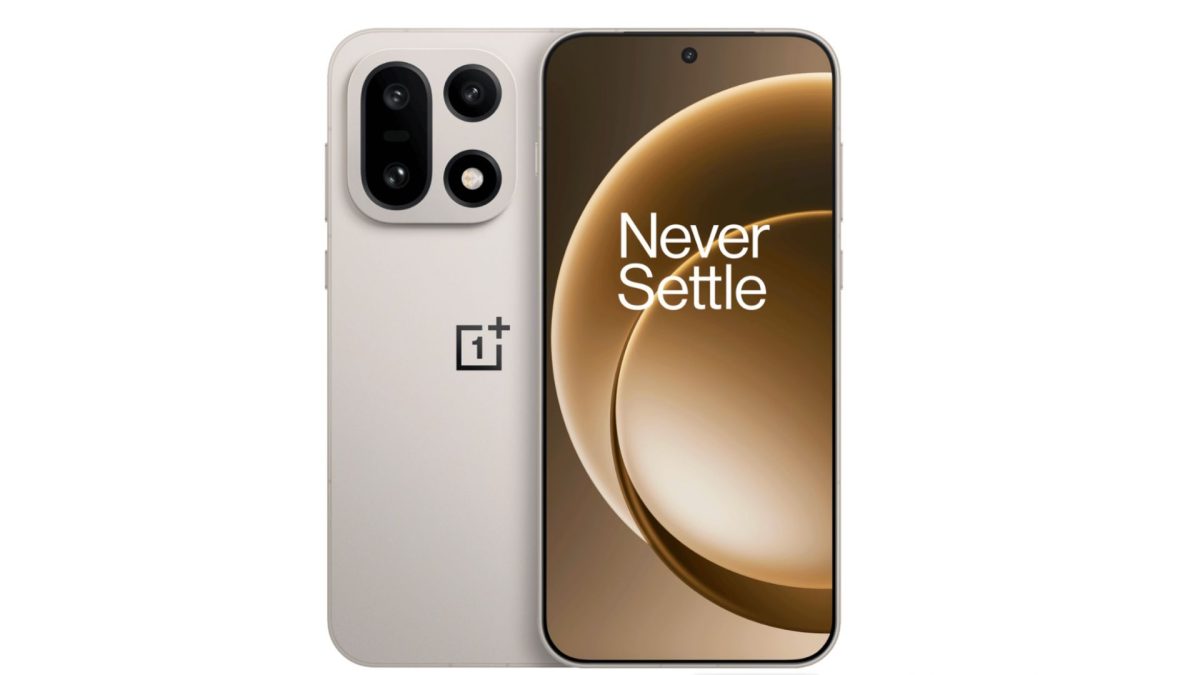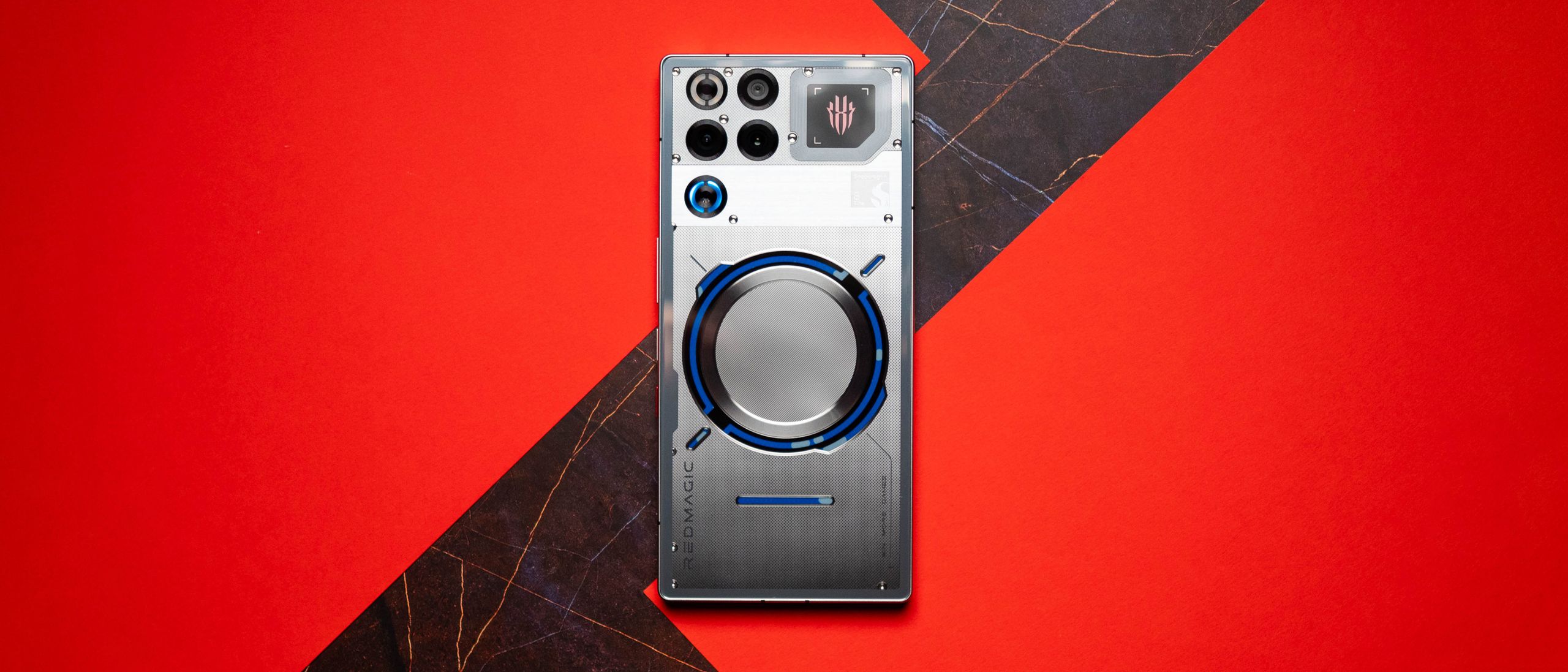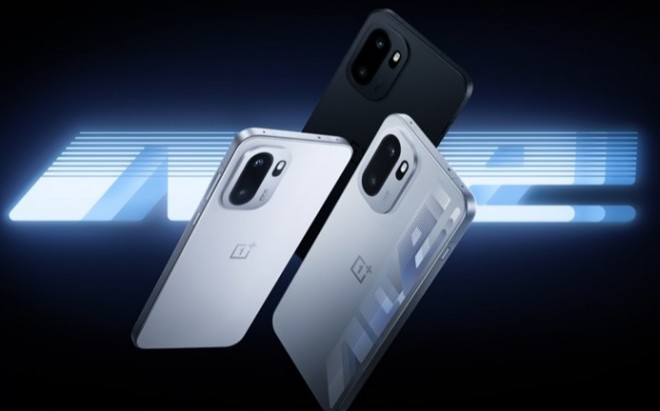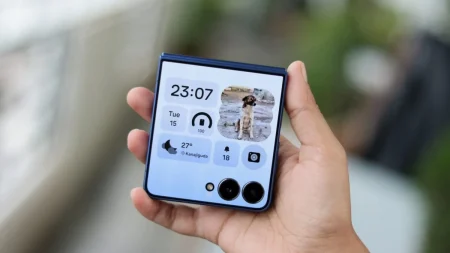Durable, powerful, long-lasting
The OnePlus 15, which is available in China and coming to North America soon, is a powerful phone and one of the most durable on the market, if not the most durable. With a massive, long-lasting battery, powerful processing, and incredible cameras, it’s value is unmatched.
Pros
- Incredibly durable
- Super-long-lasting battery with ultra-fast charging
- Lots of AI goodies inside
- Fantastic camera system
Cons
- Not yet available in North America
- Taps out at 512GB storage
- Only 1,800 nits brightness

Premium value
With a screen size just as big, incredible specs, and affordable price, along with 7 years of software and security support, it’s tough to beat the Google Pixel 10 Pro XL. While it’s battery doesn’t last as long as it isn’t as durable, nor is the processor presumably as powerful, this is more than enough phone for most.
Pros
- Brighter, higher-res screen
- Fantastic Gemini AI integration
- 7 years of software and security updates
- Built-in Pixelsnap magnets
- 16GB RAM across all models
Cons
- Processor isn’t as powerful
- Not as durable
- Battery doesn’t last as long nor charge as quickly
OnePlus 15 vs. Google Pixel 10 Pro XL: On the outside counts

First, we’ll dive into the look, feel, and durability. The OnePlus 15, as noted, is currently only available in China but is expected to be released soon in North America. It features a 6.78-inch LTPO screen with a 2,772 x 2,772 resolution and a 120Hz refresh rate, which can be boosted to 165Hz for gaming experiences like Call of Duty and Clash of Clans. Get up to 1,800 nits brightness.
With a matte texture and boxy design based on early renders, it also has a distinctive camera island. On the side is the dedicated Plus Mind button for customized actions. It comes with 256GB or 512GB storage, sadly missing a 1TB option.
Where it really shines, however, is in durability. It’s not only water-resistant with the usual IP68 rating. It doesn’t even just have an IP68 and IP69 rating like the previous-gen OnePlus 13. It also meets an IP66 rating for resistance to dust and water pressure, as well as an IP69K rating for close-range high temperature and high-pressure water jets. You could literally toss this phone in the top rack of a dishwasher, run a cycle, and it should be fine.
It also excels in terms of battery life, boasting a massive 7,300 mAh silicon battery that can theoretically last for up to two days before needing to be recharged. Further, it supports ultra-fast charging at 80W or up to 100W with the SUPERVOOC charger and up to 50W wireless with the AIRVOOC charger. This is virtually unmatched by any other phone, the Google Pixel 10 Pro XL included, and perhaps only the OPPO Find X9 Pro is the exception.
Keep in mind that the North American version might not have the same battery and charging specs, but it’s likely to be comparable.
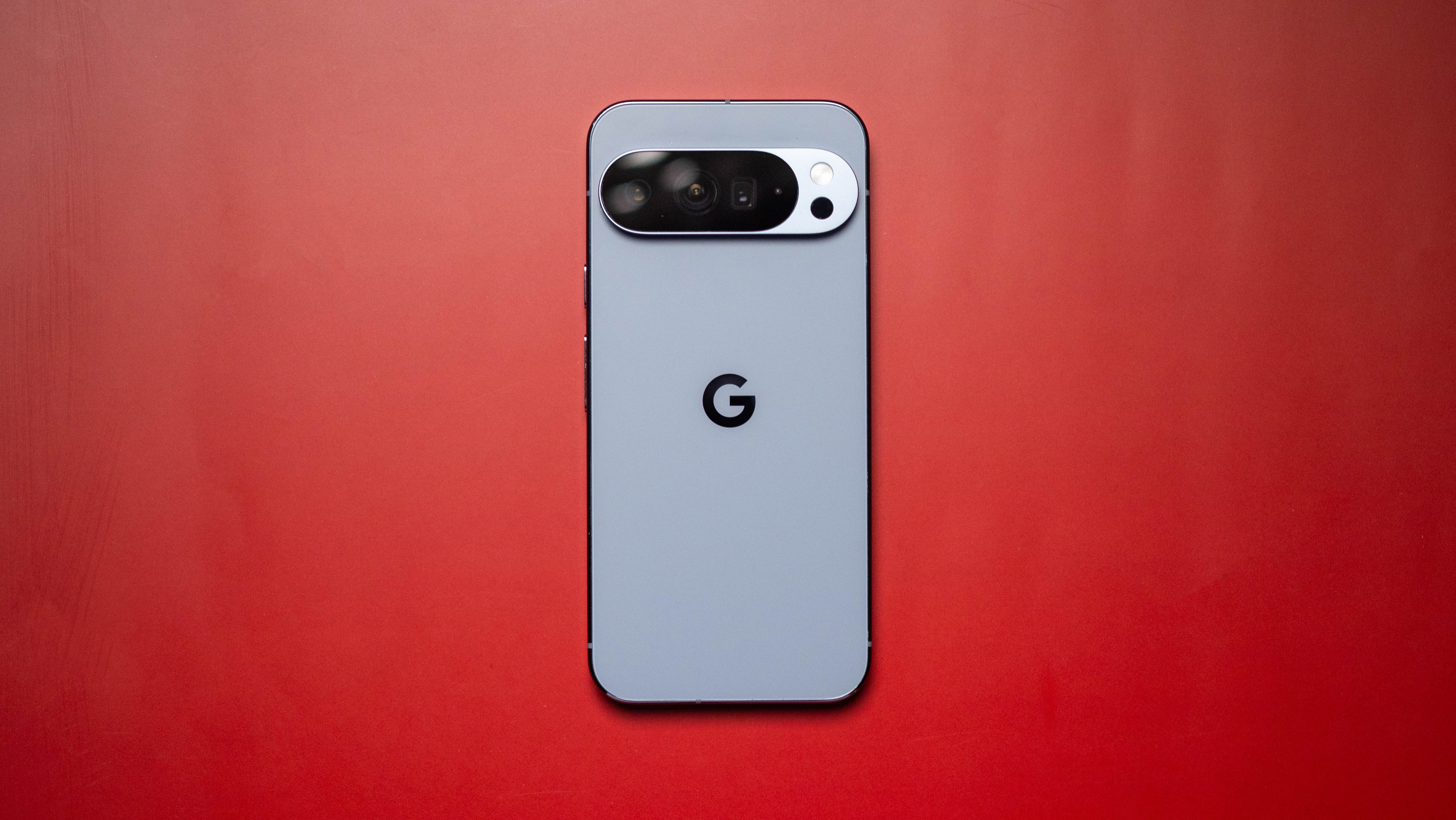
Comparatively, the Google Pixel 10 Pro XL is made from a mix of Gorilla Glass Victus 2 and aluminum that gives it a premium feel. According to Nicholas Sutrich in his review, it looks identical to the Pixel 9 Pro XL. Admittedly, it’s heavier and bulkier than you might like, especially with the added weight required to incorporate Pixelsnap magnets on the back for magnetically attaching MagSafe and Qi2 accessories, such as portable chargers and grips. This decision, however, is a long overdue and smart one, marking the first Android phone that can work with Qi2 accessories out of the box, without a case.
It features a large 6.8-inch Super Actua QHD+ OLED display with a 120Hz adaptive refresh rate, a 2,992 x 1,344 resolution, and a peak brightness of up to 3,300 nits, which Sutrich says makes it “ridiculously easy to see outside.” Get it in 256GB, 512GB, or 1TB capacities. It’s durable, too, but it “only” meets an IP68 rating. So, you can dunk it in water, even keep it submerged for a short period of time. But it’s nowhere near as durable as the OnePlus 15.
In terms of battery life, it has a 5,200mAh battery and supports 45W wired and 25W wireless Qi2 charging. That sounds incredibly fast, and it is. However, the OnePlus 15 stands out in terms of both battery life and charging speeds. Sutrich says he only noticed meager improvements to battery life with the Pixel 10 Pro XL compared to the previous generation phones.
One area where Google has a leg up is in terms of support and longevity. You get seven years of software and security updates with the Google Pixel 10 Pro XL, while the OnePlus 15 will presumably only come with four years of major Android OS updates and six years of security patches. That’s still pretty good, but something worth considering if you want a phone you can hang onto for as long as possible.
OnePlus 15 vs. Google Pixel 10 Pro XL
Let’s look at the specs of these two phones in a side-by-side comparison of their key specs.
Category | OnePlus 15 | Google Pixel 10 Pro XL |
|---|---|---|
OS | Android 16, (OxygenOS 16) | Android 16 |
Colors | Infinite Black, Sand Storm, Ultra Violet | Moonstone, Jade, Porcelain, Obsidian |
Screen Size | 6.78 inches | 6.8 inches |
Screen Resolution | 2,772 x 2,772 | 2,992 x 1,344 |
Screen Type | LTPO | LTPO OLED |
Refresh Rate | 120Hz (up to 165Hz for gaming) | 120Hz |
Processor | Snapdragon 8 Elite Gen 5 | Google Tensor G5 |
RAM | 12GB, 16GB | 16GB |
Storage | 256GB/512GB (not expandable) | 128GB/256GB/512GB/1TB (not expandable) |
Cameras | 50MP main, 50MP ultra-wide, 50MP telephoto, 32MP front | 50MP wide, 40MP ultra-wide, 48MP telephoto, 42MP front |
Speakers | Stereo Speakers | Stereo Speakers |
Battery | 7,300mAh | 5,200mAh |
Wireless Charging | Yes | Yes |
Bluetooth | 6.0 | 6.0 |
Cellular | 5G | 5G |
Size | 161.42 x 76.67 x 8.2 mm (8mm for Sand Storm) | 162.8 x 76.6 x 8.5 mm |
Weight | 211-215 grams | 232 grams |
OnePlus 15 vs. Google Pixel 10 Pro XL: Features, functions, and performance

Running on Oxygen OS 16 and OnePlus AI with Android 16, the OnePlus 15 boasts a Snapdragon 8 Elite Gen 5 processor with a touch response chip and an advanced Wi-Fi chip. You get 12GB RAM with the 256GB version and 16GB RAM with the 512GB option. Bottom line: this phone is powerful.
Along with Gemini AI, you get the new personal assistant with Plus Mind, accessed via a Plus Mind button on the side. Launch PlayLab for experimental AI features. It can stay cool while you’re engaging in intense gaming sessions thanks to the 360 Cryo-Velocity Cooling System combined with thermal management and a vapor chamber.
A feature called CPU Scheduler can allocate resources intelligently so you get an optimized experience while using the phone. With dual app control, you can even interact with two different apps at the same time. This phone is seemingly built to be a multitasker’s and gamer’s dream. We’ll have more details about this phone and how it operates once we have had the chance to run it through its paces and publish a review.
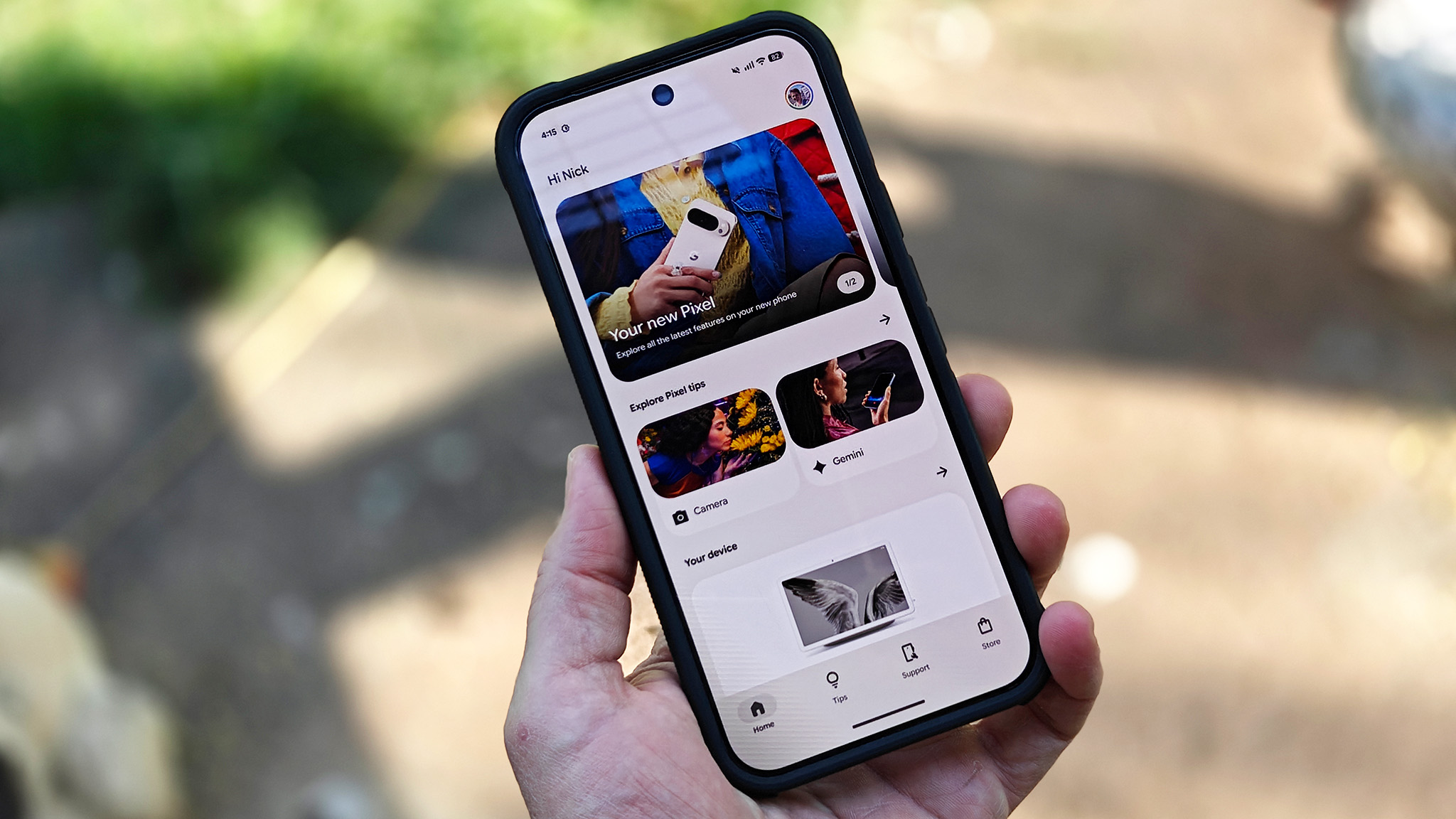
Running Android 16, the Google Pixel 10 Pro XL comes with a Google Tensor G5 chip, which isn’t nearly as powerful as the OnePlus engine, especially for activities like gaming. But it will handle multitasking and light to moderate gaming. It’s still a powerful phone, but it won’t keep up with the OnePlus 15 for the most intense activities. You do get 16GB RAM with every variation, along with deep Gemini integration, including Gemini Live. As far as intelligence goes, this phone earns an A+.
For example, there are unique features like Magic Cue that can intelligently call up information across Google apps that are relevant to your conversation or logical next steps as you perform different actions. Sutrich says this is his favorite feature that, once it kicks in after a few days, is worth the wait. The phone also comes with a two-year trial for Satellite SOS access, and handy features like Call Screen and Theft Detection.
OnePlus 15 vs. Google Pixel 10 Pro XL: How good are the cameras?
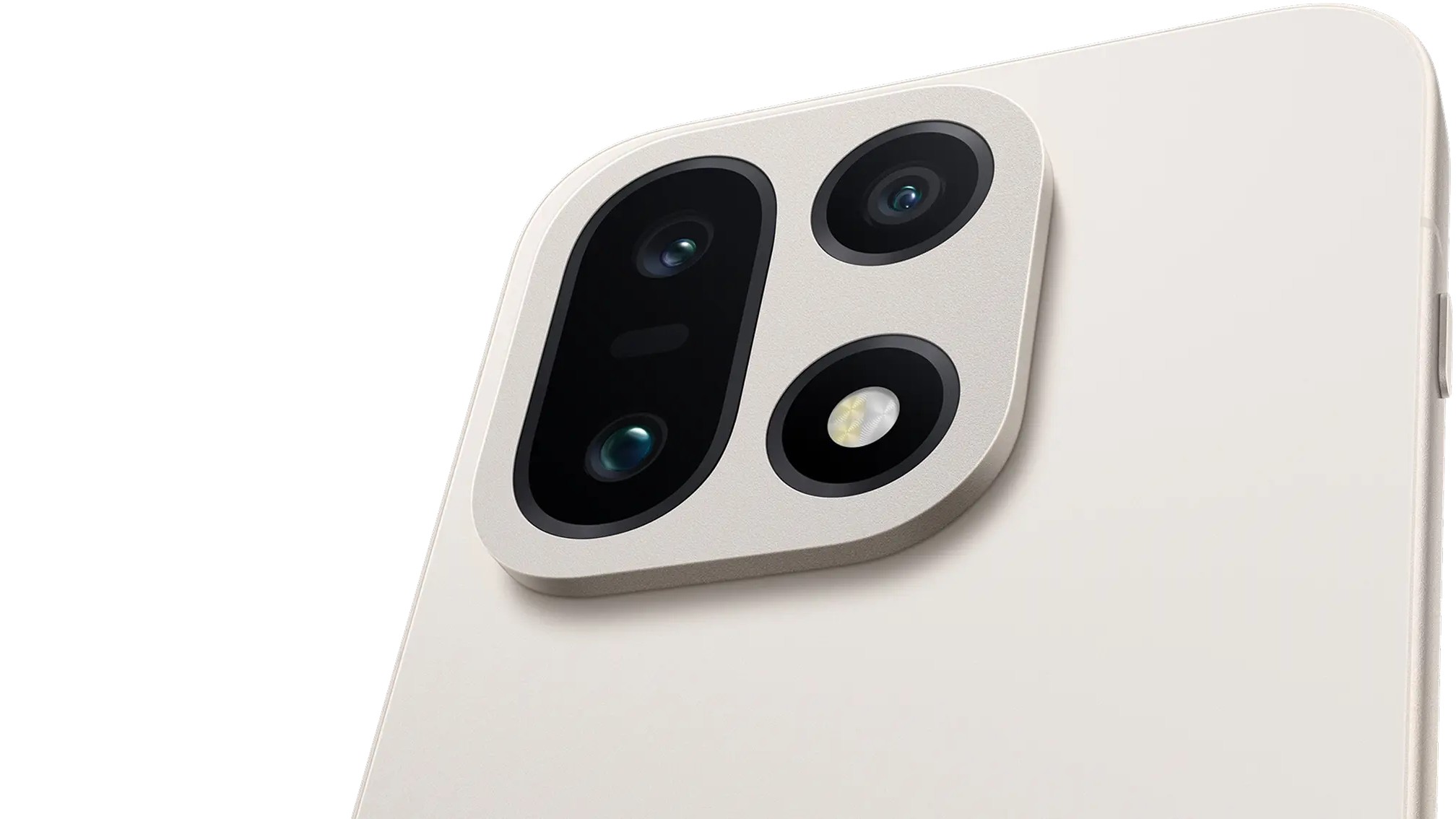
The OnePlus 15 has a fantastic triple 50MP camera system with the proprietary DetailMax Engine that uses advanced algorithms combined with powerful processors to help you capture better images.
The three cameras include a 50MP Sony IMX906 sensor, a 50MP ultrawide lens with a 116° field of view, a 50MP telephoto lens, and a 32MP front camera that can capture ultra-clear 26MP high-resolution images in daylight. A LUT preview feature shows you real-time colour-graded previews of images in the viewfinder so you can get incredibly accurate images.
Given the phone’s durability, there’s even an underwater mode for capturing both photos and videos in freshwater sources. There’s also ultra-res digital zoom up to 120x for getting up close to subjects.

With the Google Pixel 10 Pro XL, you get a 50MP wide main camera, 48MP ultrawide, 48MP telephoto with up to 100x Pro Res Zoom, and a 42MP front-facing camera. Sutrich notices that with zoom, if there’s text in the image, the camera tends to hallucinate, providing wonderful clarity but without any understanding of what the text actually is.
There are all the usual unique features you get with the latest Pixel phones for editing and capturing photos, like Best Take, Add Me, and Magic Editor, along with a few more.
Camera Coach guides you while framing a photo to help you get the best result, and Sutrich says it’s a fantastic feature for budding photographers. Ask Photos can intelligently edit a photo based on analyzing what could improve it. There’s also improved stabilization in videos with up to 20x zoom, automatic Best Take so the camera does the work for you, and more.
Overall, Sutrich says the Google Pixel 10 Pro XL camera experience is largely excellent, with even the portrait mode being vastly improved compared to previous generation models.
OnePlus 15 vs. Google Pixel10 Pro XL: Which should you buy?

The decision between the OnePlus 15 vs. Google Pixel 10 Pro XL really comes down to personal preference and priorities. With the OnePlus 15, you’re getting an incredibly durable and powerful phone that will keep up with the needs of heavy users. That’s especially so thanks to efficient cooling, powerful processing, and extremely long battery life.
The Google Pixel 10 Pro XL is also a powerful phone, but it comes with some concessions in areas such as battery life, durability, and processing power. However, you also get a clean Android experience with fantastic Gemini and overall AI integration across the board, along with an intuitive user experience. You’ll also get a few more years of support for software and security updates, and Google does Feature Drops at least twice a year, always bringing fresh and new experiences to the phone.
The Google Pixel 10 Pro XL is a great phone for productivity and light entertainment, while the OnePlus 15 is more of a powerhouse phone for activities like gaming and advanced photo capture, though it has intelligence built in, too.
You can’t go wrong with either phone. The Google Pixel 10 Pro XL already makes our list of the best Android phones, and it’s a certainty that the OnePlus 15 will replace the OnePlus 13 on that list. If you’re an ultra-power user who games a lot on your phone and works out in the field, the OnePlus 15 is an enticing option worth considering. If you feel like you don’t need all the added processing power and durability and just want a simple and familiar experience, the Google Pixel 10 Pro XL is a good option, too. Both give you a lot of phone for a huge price tag.

The best for power users
If you’re a heavy power user who multitasks, plays intense mobile games, travels, maybe even works outdoors, the OnePlus 15 is an option you should consider. It’s a premium phone that will likely come in at an affordable price. It’s specs are a cut above the Google Pixel 10 Pro XL in many respects.

Still enough for most
If you find the Google Pixel 10 Pro XL for a good deal, it’s more than enough for most. You’ll get an unmatched AI experience with Gemini built in, great cameras, decent battery life and charging speeds, and a stunning large and bright screen. It’s not as slim and sleek, but it’s still a great phone.
Via: androidcentral.com




